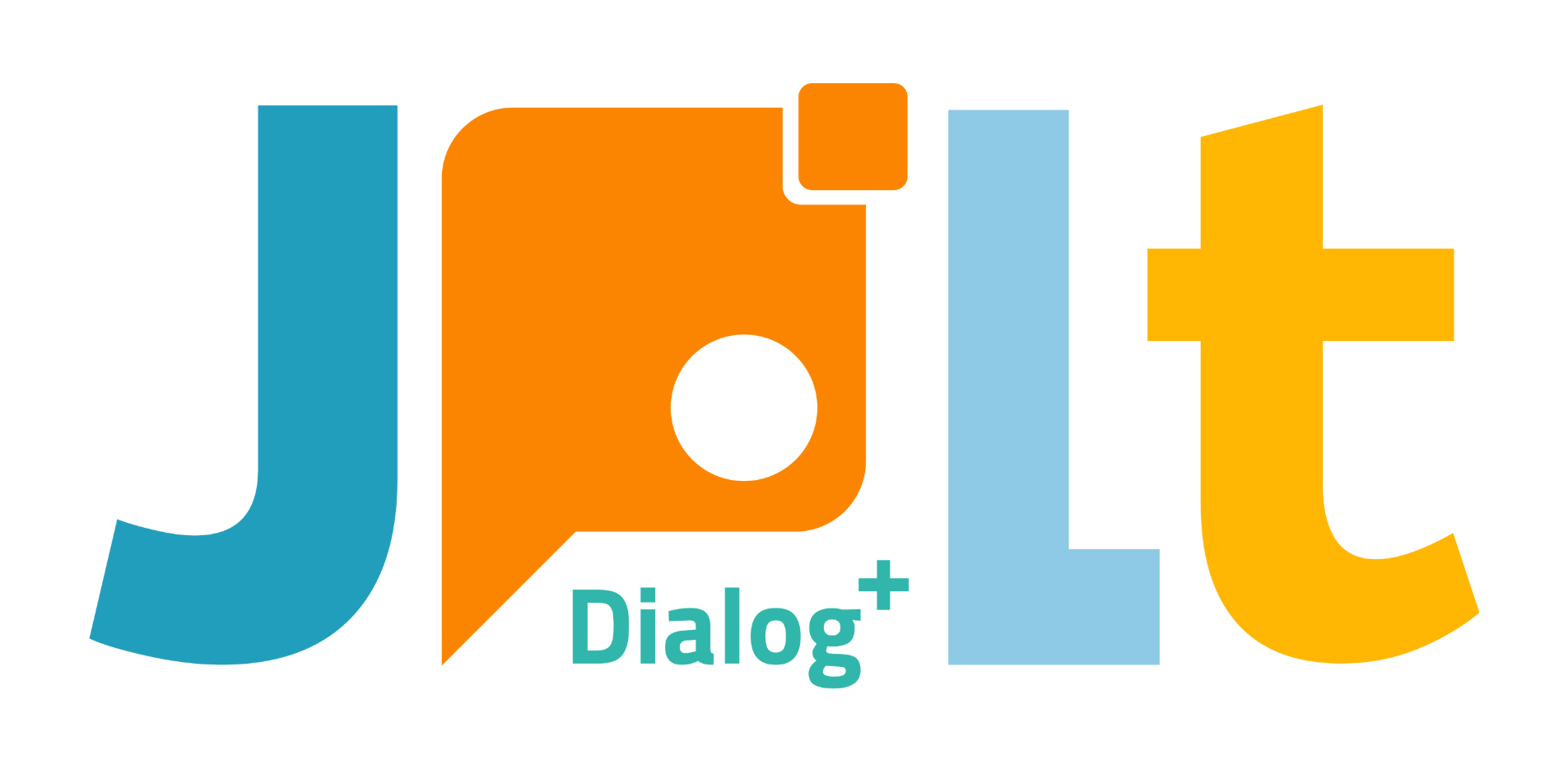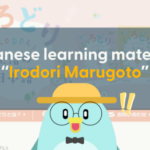Explore Japan’s Long History! A Beginner’s Guide to History
“Japanese history seems difficult” or “Where should I start studying?” Have you ever thought about that? History is not just about memorizing past events, but it is also an important part of shaping our culture and society.
In this blog, Eri-san from JPLT Online Japanese Language School will explain the basic knowledge and interesting episodes of Japanese history in a way that beginners can enjoy.
What is Japanese History?
Japanese history is a story that spans from the Jomon period to the modern era. It began with the Jomon people living in a rich natural environment, then moved to the introduction of rice cultivation and the formation of villages, and eventually the birth of the country. Through various events, it has evolved into the Japan we know today.
Why Study Japanese History?
By studying Japanese history, we can understand how the country we live in was formed and where our culture and customs came from.
-
Gain a deeper understanding of Japanese culture: Practices such as tea ceremony, flower arrangement, and festivals are deeply connected to history.
-
Understand modern Japan better: Studying history allows you to understand modern Japan’s society, politics, and economic systems more deeply.
-
Learn about global connections: Japanese history is also a history of interaction with other countries. It allows you to learn about connections with world history.
Let’s Explore Japanese History by Era
Japanese history can be divided into the following main periods.
-
Prehistoric Times (Paleolithic, Jomon, Yayoi periods)
-
Paleolithic period: The era when humans first settled in the Japanese archipelago. They lived through hunting and gathering.
-
Jomon period: People made pottery and began settled life.
-
Yayoi period: Rice farming was introduced from the continent, and villages were formed.
-
-
Ancient Times (Kofun, Asuka, Nara, Heian periods)
-
Kofun period: Large tomb mounds were built, and the Yamato court was established.
-
Asuka period: Buddhism was introduced, and culture developed greatly.
-
Nara period: The capital city of Heijo-kyo was built and became Japan’s first capital.
-
Heian period: Aristocratic culture flourished, with the development of poetry and stories.
-
-
Medieval Times (Kamakura, Muromachi periods)
-
Kamakura period: The samurai government was established, marking the beginning of the samurai era.
-
Muromachi period: The Muromachi shogunate was formed, leading to the Sengoku (Warring States) period.
-
-
Early Modern Times (Edo period)
-
Edo period: The Edo shogunate ruled for 265 years, creating an era of peace.
-
-
Modern Times (Meiji period and beyond)
-
Meiji period: Japan underwent major reforms during the Meiji Restoration and transformed into a modern nation.
-
Taisho period: Democracy developed, and culture flourished.
-
Showa period: Japan experienced World War II and underwent significant change.
-
Heisei period: A peaceful era followed, and the economy developed.
-
Reiwa period: A new era began.
-
Tips for Learning Japanese History
-
Watch historical dramas and movies: Watching historical dramas and movies can make history feel closer and more relatable.
-
Read historical novels: Historical novels are a fun way to learn about history.
-
Visit museums and historical sites: Visiting historical sites allows you to experience history firsthand.
-
Read history books: Reading books on history helps you learn about it in depth.
-
Create a historical timeline: Making a timeline can help you grasp the flow of history.
Summary
Learning about Japanese history is not just about knowing the past. It’s also an essential way to understand modern Japan, our daily lives, and culture. By studying history, you’ll learn why Japan is the way it is today and what life and thought were like for people in the past. You’ll also discover the roots of present-day culture, like tea ceremonies, festivals, architecture, and traditional arts.
Additionally, Japanese history is deeply connected to the world, and by studying it, you can learn how Japan has interacted with other countries. This expands your global perspective. There are many ways to learn history: through dramas, movies, books, and museums. Even beginners can gradually begin to appreciate the charm of Japanese history.Please use this content as a reference and embark on a journey through Japan’s long history.




